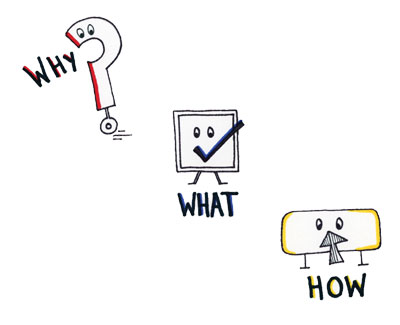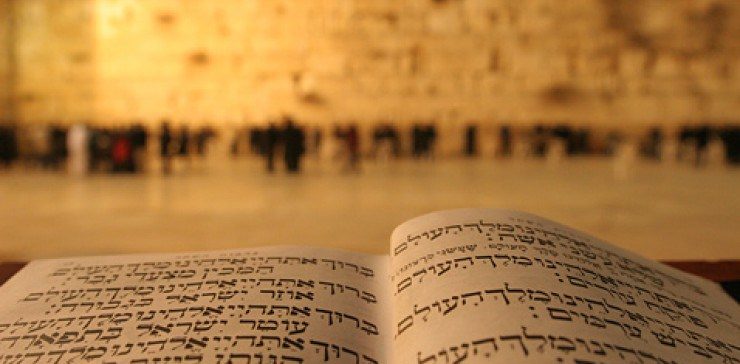BS’D
The walls of Jerusalem were breached on the 17th of Tammuz which led to a series of horrific events. One of which was that the Kohanim were unable to continue to bring the offering “Tamid” due to the shortage of sheep. Another that the Roman general Apostomos burned a Torah scroll setting a precedent of burning more Jewish books for centuries to come. In addition, an idolatrous image was placed in the Sanctuary of the Holy Temple. All of this led to the ultimate destruction of the Second Temple three weeks later on the 9th of Av. It is brought down by our wise Sages, that for every year the Third Temple isn’t rebuilt it is as if the Temple was destroyed during that generation.
The Temple is described as the meeting place of Heaven on earth; literally a place where every human being could walk into and just ‘know’ with every fiber of their being that there is no other existence but G-d. In current times we need to break down many of the walls that separate us from G-d and look through the cracks of the broken concrete to find a glimmer of His presence. How much we have lost and how much we need to yearn and pray for the Heavenly chambers to be rebuilt here on earth once again. We must break down the borders that separate one Jew from another and reside in the same place in one another’s heart.
May we all merit to utilize the 17th of Tammuz to do a personal and thorough soul seach and pray with all of our hearts that G-d redeem us speedily and with abundant mercy.
















